The official papers Olalde et al. (Nature 2018) and Mathieson et al. (Nature 2018) have appeared. They are based on the 2017 preprints at BioRxiv The Beaker Phenomenon And The Genomic Transformation Of Northwest Europe and The Genomic History Of Southeastern Europe respectively, but with a sizeable number of new samples.
Papers are behind a paywall, but here are the authors’ shareable links to read the papers and supplementary materials: Olalde et al. (2018), Mathieson et al. (2018).
NOTE: The corresponding datasets have been added to the Reich Lab website. Remember you can use my drafts on … Read the rest “Olalde et al. and Mathieson et al. (Nature 2018): R1b-L23 dominates Bell Beaker and Yamna, R1a-M417 resurges in East-Central Europe during the Bronze Age”
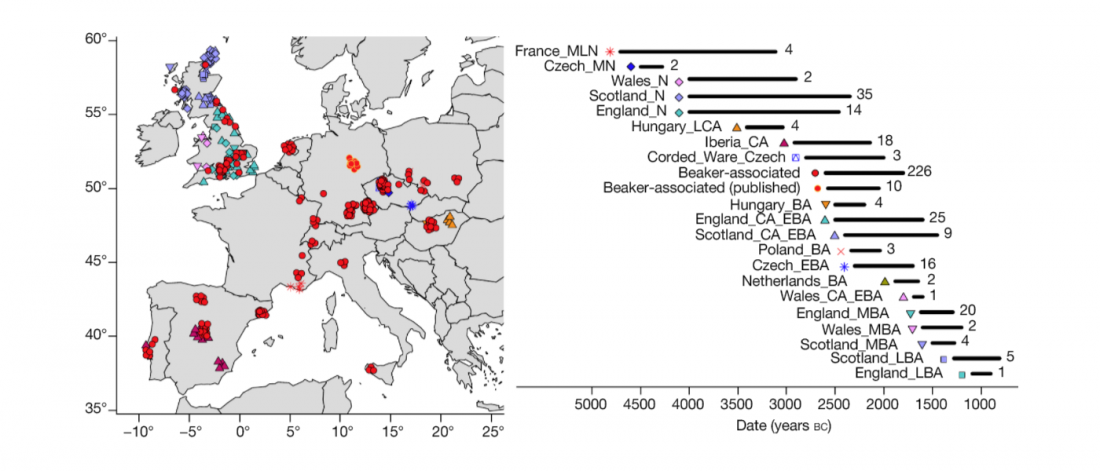
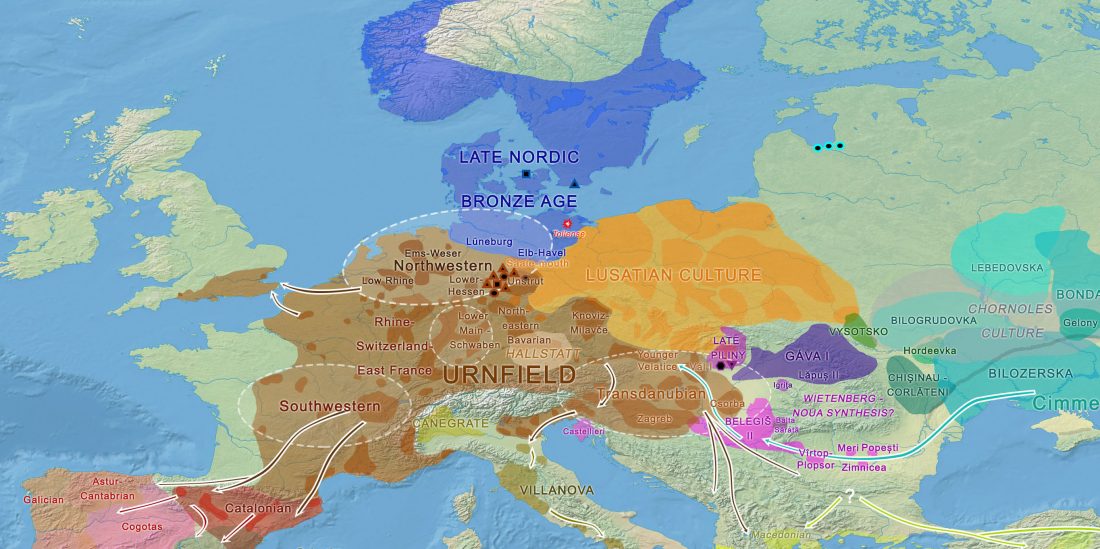
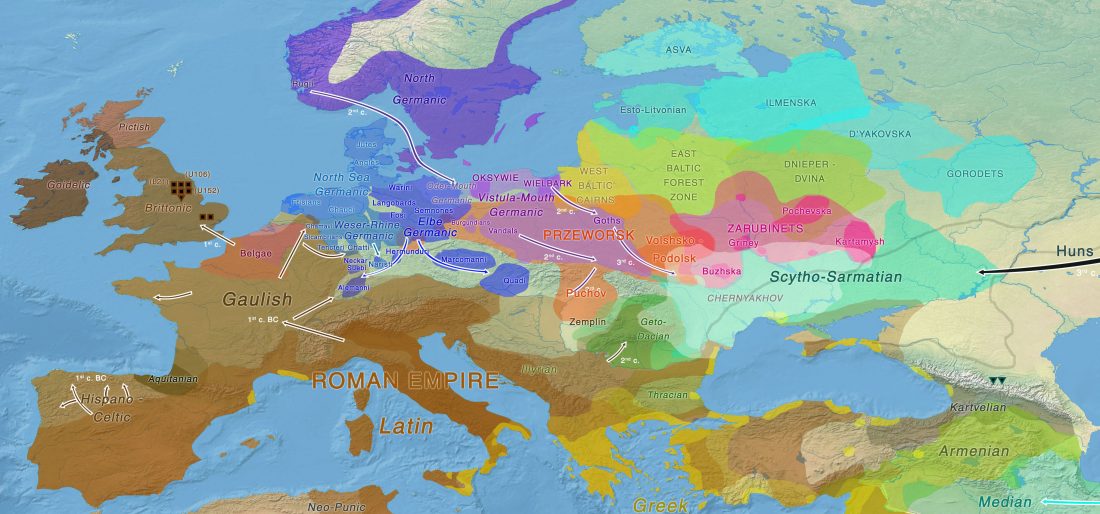
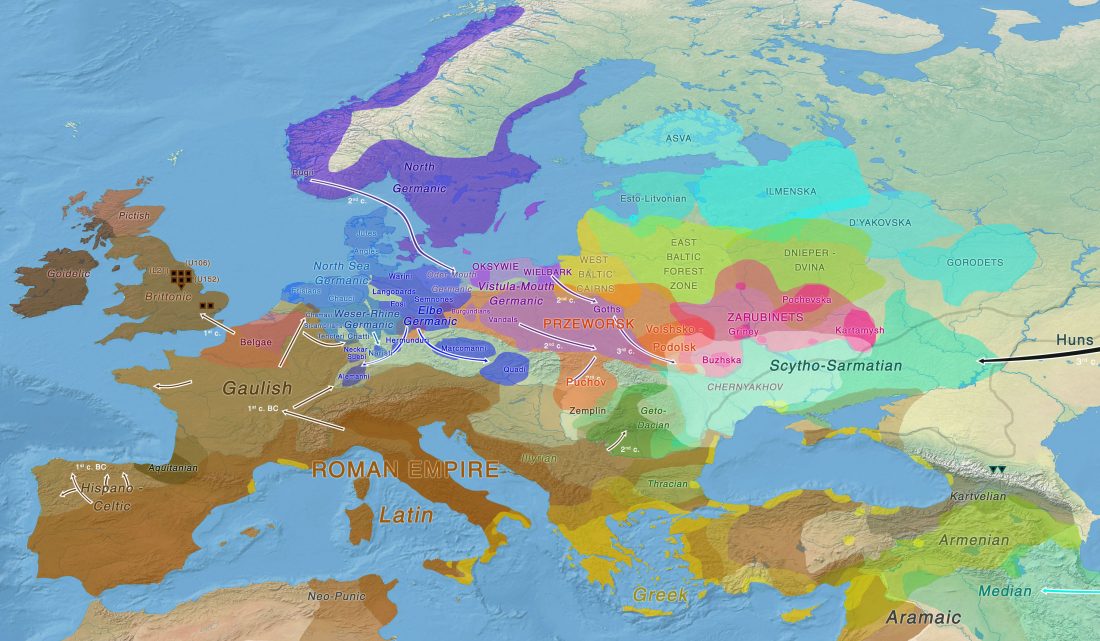

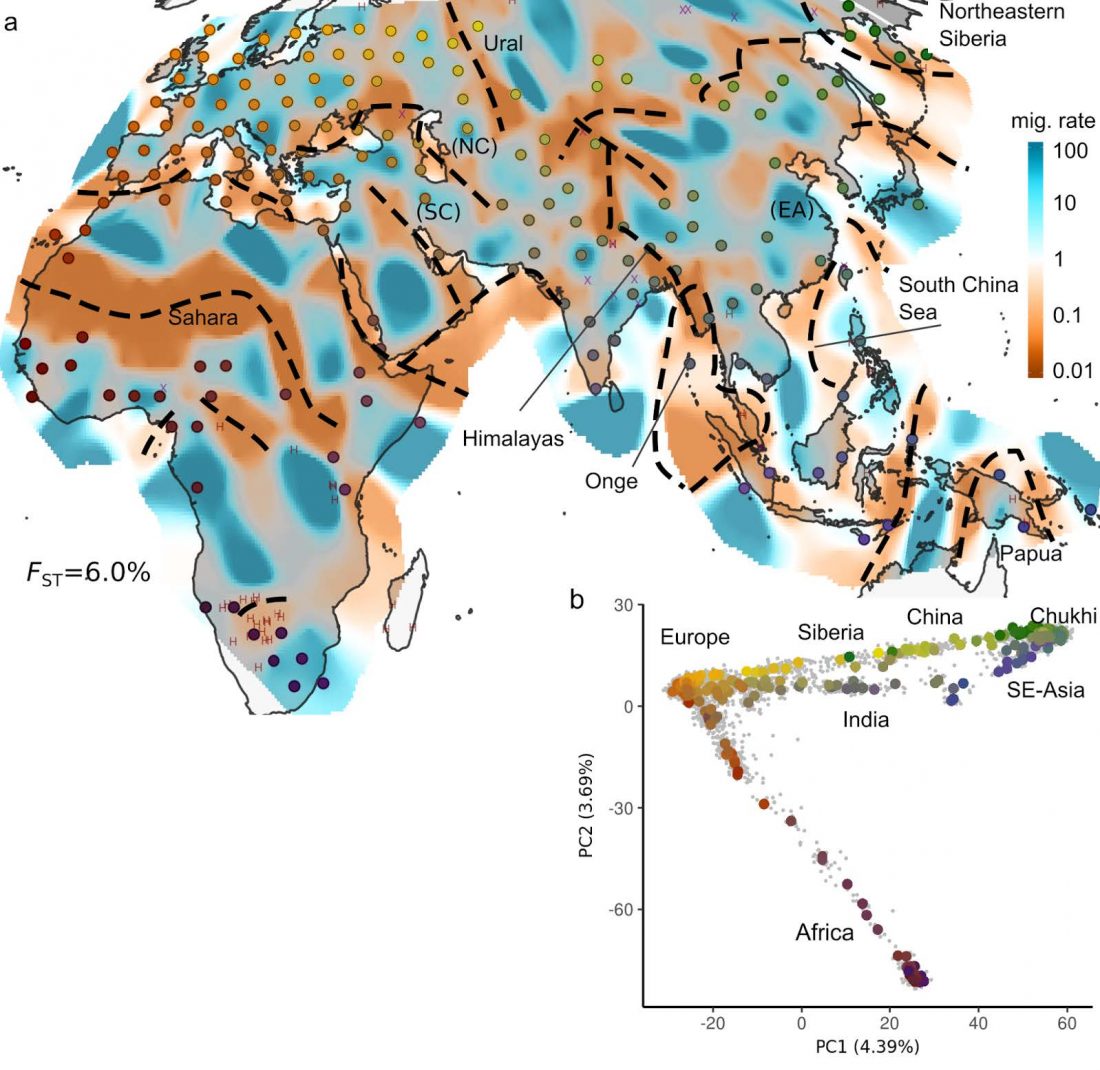

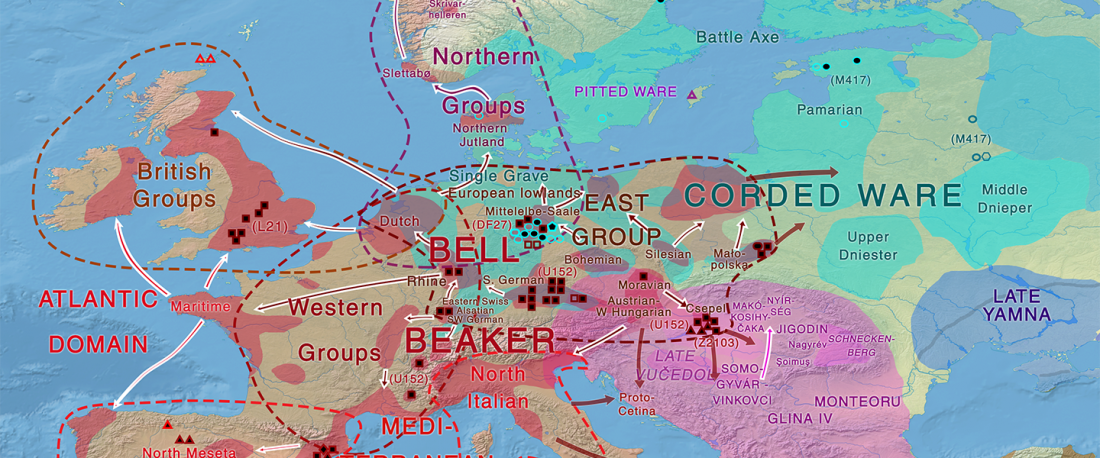
 The official
The official 